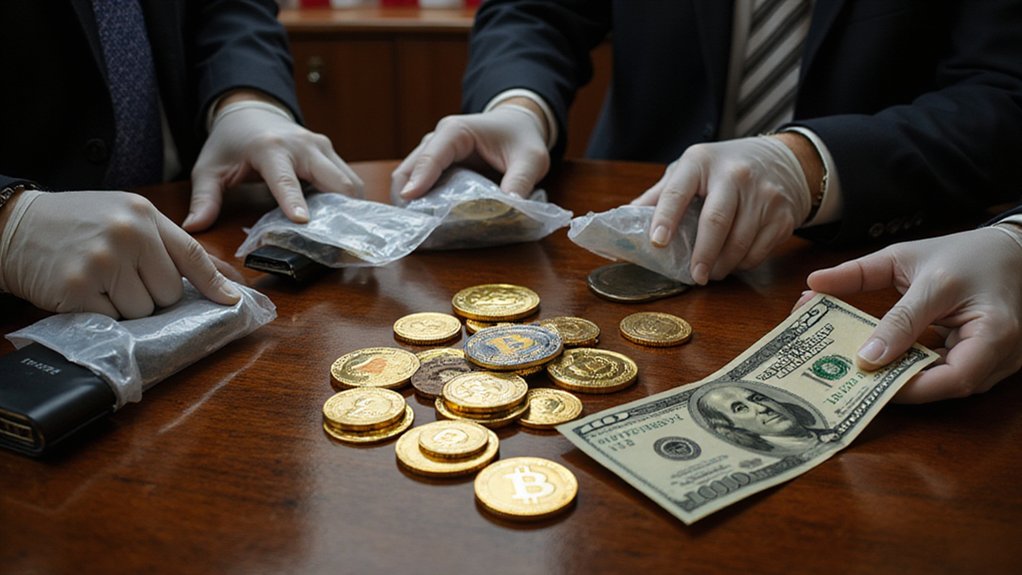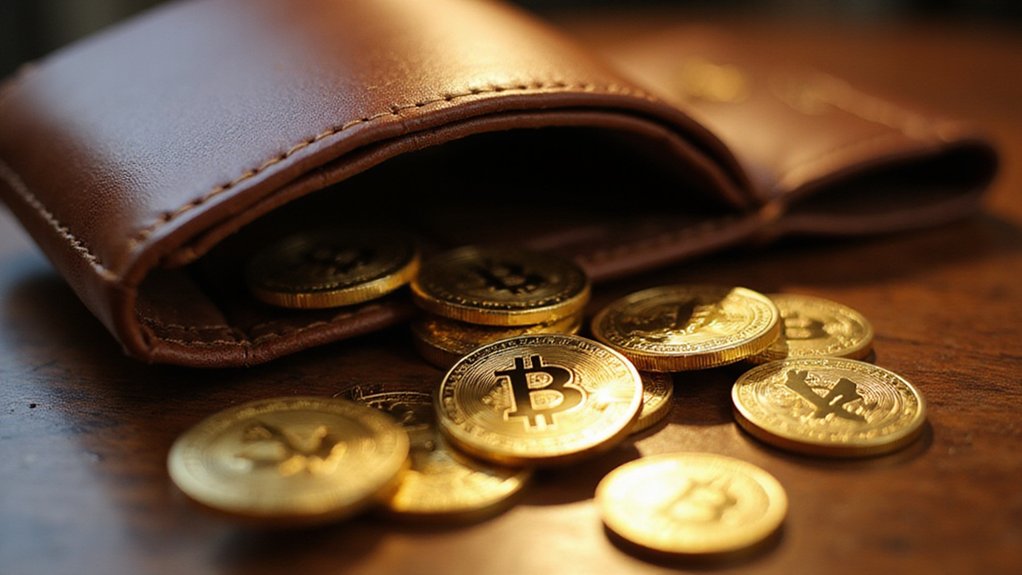Over the past decade, the US Secret Service has quietly assembled what amounts to one of the world’s largest government-held cryptocurrency reserves—not through strategic investment or mining operations, but by methodically tracking down and seizing nearly $400 million in digital assets from an elaborate network of online fraudsters who apparently believed the pseudonymous nature of blockchain transactions rendered them invisible to federal investigators.
The accumulation represents a fascinating paradox: while crypto evangelists champion blockchain’s immutable transparency, scammers somehow convinced themselves that digital breadcrumbs wouldn’t lead back to their virtual doorsteps. The Secret Service’s Global Investigative Operations Center (GIOC) has proven otherwise, employing sophisticated blockchain analysis tools and open-source intelligence techniques to follow money flows with the patience of accountants and the tenacity of bloodhounds.
Federal investigators have transformed blockchain’s supposed anonymity into a prosecution tool, turning crypto’s transparency against the criminals who misunderstood it.
These weren’t sophisticated DeFi exploits or elaborate smart contract manipulations—most seizures stemmed from depressingly familiar romance-investment scams and fraudulent crypto platforms promising unrealistic returns. The playbook remains remarkably consistent: fake identities cultivate trust, initial returns create confidence, then withdrawal capabilities mysteriously vanish alongside the scammers’ digital personas.
That older investors comprise a substantial portion of victims adds a particularly unsavory dimension to these operations.
The seized assets now reside in a single cold-storage wallet, creating an ironic situation where federal investigators have become inadvertent crypto whales. This consolidation serves dual purposes: minimizing theft risk while creating a tangible deterrent that presumably gives pause to would-be fraudsters contemplating their next venture into digital larceny.
International cooperation has proven essential, with over 60 countries collaborating alongside major exchanges like Coinbase and stablecoin issuers including Tether. These public-private partnerships demonstrate how regulatory frameworks can adapt to emerging threats without stifling legitimate innovation—a delicate balance that continues evolving as enforcement agencies worldwide grapple with jurisdictional complexities. The rise of regulated stablecoin infrastructure providers has created additional touchpoints for legitimate law enforcement operations, as these platforms maintain comprehensive compliance protocols and cooperation agreements with federal authorities.
The GIOC’s success reflects a broader recognition that crypto crime requires specialized expertise and sustained commitment. Through training programs and international workshops, the unit disseminates investigative techniques while targeting jurisdictions with lax oversight that scammers exploit.
The $400 million recovery represents not just recovered funds, but a thorough strategy proving that blockchain’s transparency ultimately favors investigators over criminals.






